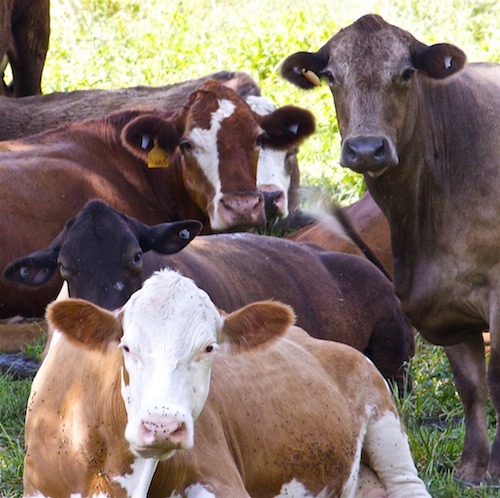That lobster mac & cheese you ate last night was mind-blowing; but, spending the night on the toilet is hardly worth it. Giving up the foods you love is not an uncommon problem for the nouveau lactose intolerant. I’m here to tell you that, thankfully, you don’t have to give up your beloved cheese—in a non-medical food blogger capacity of course.
Lactose intolerance and dairy allergies
First, it is important to differentiate between the two. Lactose intolerance has to do with the inability to digest lactose, the sugar found in dairy products. Dairy allergies, on the other hand, can be much more serious. In this case, the allergy wouldn’t be to lactose, but rather the casein or whey protein found in milk. Casein [kāˈsēn] is the main protein present in milk, and is sometimes used in processed foods, adhesives, paints—and, can even be found in some meat and soy products.
Now that we know the difference between allergy and intolerance, how do you know whether you are lactose intolerant or have a dairy allergy? Short answer: It’s not always clear.
This is because:
- There is some overlap in the symptoms
- The degree of severity of allergy/intolerance may varies
- and, the time between actually consuming dairy and feeling the effects may vary quite a bit
In the case of a food allergy, symptoms may range from skin rash to fatigue. But, for lactose intolerance you’re, because of the condition being directly related to digestion, you’re looking at mostly at intestinal aggravation, gas, and abdominal pain.
If you think you might have a dairy allergy, you should probably seek counsel with a doctor or specialist—and, most certainly, stop eating cheese immediately.
Can you eat cheese if you are lactose intolerant?
So, let’s say you love cheese; and, you don’t want to give it up. Are there low-lactose cheese options? Of course.
Believe it or not, cheese doesn’t have a ton of lactose to begin with, you’re talking about around three to eight percent. In fact, processed food cheeses like Velveeta typically have the most lactose, which is around 9%.
Fresh or unripened cheeses, as well as, processed dairy products typically have more lactose. By processed dairy products, I’m referring to anything ranging from cheese spread to baked goods like a cheese cake. so, what you’re looking for, is cheeses that are aged—and the older they are, the less lactose they contain. A great example would be a Parmigiano-Reggiano, which is typically aged anywhere from twelve to twenty-four months. Goat milk has relatively less lactose than others (typically around 2%). Also, vegan or dairy-free cheese is available in most grocery stores.

Thank you, modern science
If you don’t have objections to medication, you can take a lactase supplement. If you remember from chemistry class, lactase is the enzyme which breaks down lactose; so, introducing some extra lactase into your diet may help you make easy work of digesting that ricotta pie.
Are you looking for information on gluten-free cheeses?